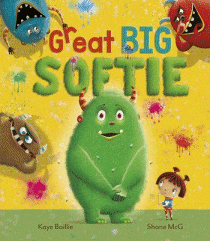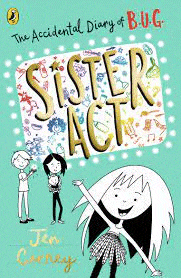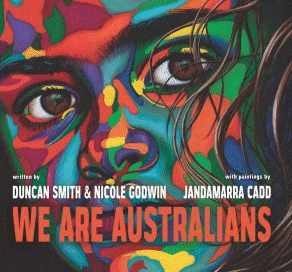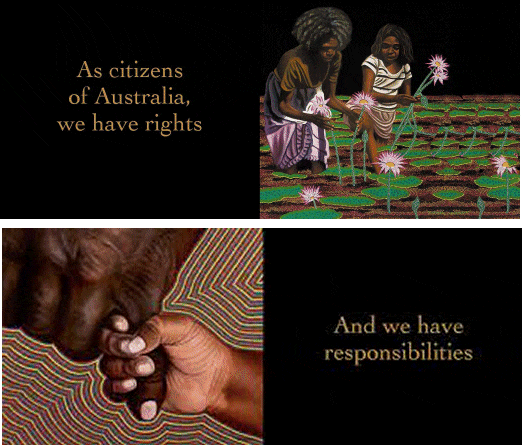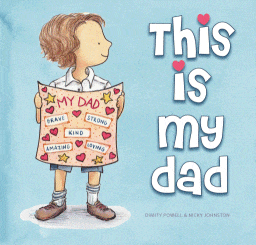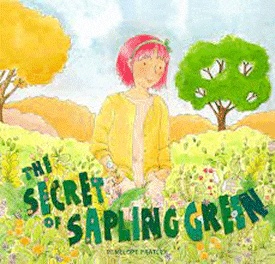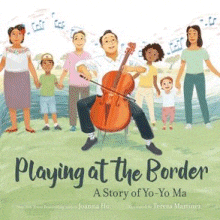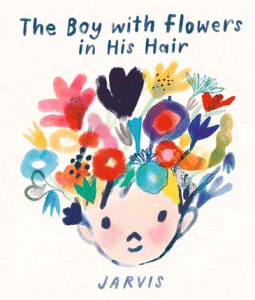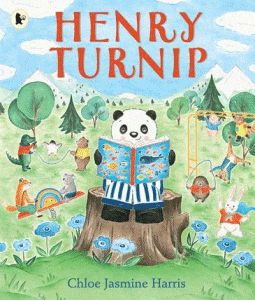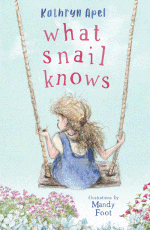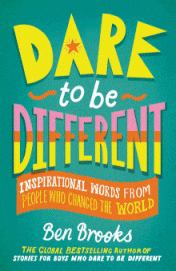
Dare to be Different
Dare to be Different; Inspirational Words from People Who Changed the World
Ben Brooks
Quinton Winter
Hachette, 2022
208pp., hbk., RRP $A39.99
9781529416244
The words in Dare to be Different have great power, just as the phrase itself does as it challenges the individual to stand apart from the crowd, to be proud of whatever it is that makes them unique and celebrate it. Not always easy, and particularly not when you’re at the age when the natural desire is to fit in, to be one of the in-group, to conform and be anonymous but at the same time to have and follow heroes who do have the courage to shine.
In this compendium, Ben Brooks has brought together 100 people who have all in some way or another used words to do wonderful things, rather than sporting prowess or heroic deeds. Some may have changed a single life, while others have changed the course of history for almost everyone on earth. But whether their effects were big or small, these individuals’ speeches, letters, poems, songs, stories, and advice prove one thing: words can make the world a better place. It includes personal letters that were written for just one reader to help guide them through life’s journey; and others that were intended for millions of people to hear about grand declarations of war, peace or new discoveries.
From Plautus’ plays about the power of laughter to Selena Gomez’s speech about bullying; and from F. Scott Fitzgerald’s letters of encouragement to his daughter, Scottie, to Bambi, the mysterious graffiti artist who sprays words of truth on walls, there is something to be learned from every quote in this inspiring and illuminating book. It contains the words of wisdom that children will love to hear, about kindness, bullying, or whether it’s OK to sometimes eat chocolate for breakfast, and allow them to feel more secure about themselves and accept that who they are is enough. Not everyone has to be a headline.
Each double-page spread gives a background narrative pitched at the reader’s level and includes a significant quote that offers a life message that might be just what the child needs to hear at the time. For example, Selena Gomez says, “You are not defined by an Instagram photo, by a like, by a comment…”; founder of the charity Sight Learning at just 14, Yash Gupta says, ” Kids are passionate and can make a difference. It’s just a matter of finding out what you care about and focusing on that”; while Yoda reminds them that “Size matters not. Look at me, Judge me by size, do you?”
While many of those included do have an international profile like Desmond Tutu and Dolly Parton, most do not, just being acclaimed for having made a significant difference in someone’s life, somewhere, reinforcing that it is ordinary people from ordinary places who find themselves in extraordinary circumstances that allow them to make that difference. So, as well as the positive affirmations from those that have, it offers a belief that we all can. It also shows that you don’t have to set out to make a difference, or to receive recognition, acknowledgement or acclaim. and that sometimes your impact can be invisible and unknown. Many years ago I taught a quiet, shy young lad, one whom, honestly, I had all but forgotten until he told my BFF, his prospective employer, that it was my words about believing in himself and being able to do whatever he dreamed that had led him safely through university to a career that he loves! Sometimes just being who you are and following your passion can be all the different you need to be.
